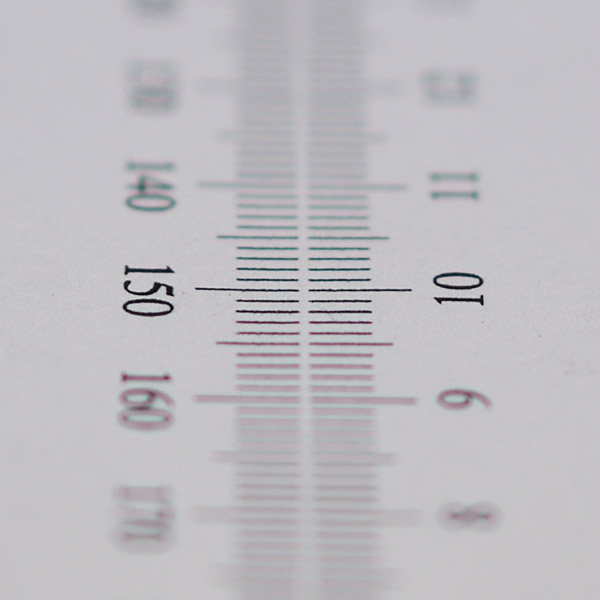|
Fujinon XF 50mm f/2 R WR (Fujfilm) - Review / Test - Analysis |
|
Lens Reviews -
Fujifilm X
|
|
Page 2 of 3

Distortion
For some of the Fujinon XF lenses (the XF 50 being one of them), Fuji automatically corrects distortion in JPGs. Most RAW converters do the same, but some (e.g. CaptureOne) allow to switch this correction off, thus showing the native distortion characteristic of the lens.
Corrected, the lens shows around half a percent of pincushion distortion, which is basically insignificant in real-life. The native, uncorrected distortion is slightly more pronounced at around 1%, which is still an acceptable amount.
Vignetting
Vignetting is also automatically corrected, and quite well so. Wide open, there's a fairly moderate amount of a bit more than half a stop, steadily decreasing to 0.2 EV stopped down.
The uncorrected native vignetting of the lens is considerably higher, though. Wide open, it's 1.7 stops, decreasing to a bit less than one stop at f/2.8. From f/4 onwards, the vignetting is down to half a stop and probably no longer corrected (the slightly different values shown in the diagram are within the accuracy limits of the measurement).
Most users will likely rely on the automated vignetting correction and never notice the lens' high native vignetting. However, one should be aware of the drawbacks of software corrected vignetting (like increased corner noise).

MTF (resolution)
The lens shows impressive sharpness in the lab. it delivers excellent resolution in the image center straight from the maximum aperture. The borders and extreme corners follow just a bit behind with very good resolution wide open, which increases to excellent levels by stopping down.
The performance peak is reached at f/4 with excellent resolution across the frame.
Please note that the MTF results are not directly comparable across the different systems!
Below is a simplified summary of the formal findings. The chart shows line widths
per picture height (LW/PH) which can be taken as a measure for sharpness.
If you want to know more about the MTF50 figures you may check out the corresponding
Imatest Explanations

Chromatic Aberrations (CAs)
The lateral CAs (color shadows at hard contrast transitions) are well controlled with just 0.4 pixels on average at the image borders wide open, decreasing to half of that level by stopping down.

Bokeh
The Fujinon delivers generally very smooth image blur both in front of as well as behind the focal plane, with just a tad of nervousness and double lines. This is also true for the transition zone from in-focus to out-of-focus.
Background highlights are filled evenly at large apertures, but show a bit of outlining that becomes more pronounced when stopped down. Towards the image border, their shape is affected by mechanical vignetting especially at f/2. In addition, they suffer from green borders due to bokeh fringing (see next section).

Bokeh Fringing
Bokeh fringing (non-coinciding focal planes of the various colors) is a common issue with relatively fast glass. As you can notice below the halos have different colors - magenta (red + blue) in front of the focus point and green beyond. Unlike lateral CAs, bokeh fringing cannot easily be fixed in post processing.
Typical for most fast primes, the Fujinon shows some bokeh fringing at large aperture settings. The issue is mostly gone from f/4 onward.
|
Move the mouse cursor over the f-stop marks below to observe the respective LoCAs
|
| f/2 |
f/2.8 |
f/4 |
f/5.6 |
f/8 |
|

|
|